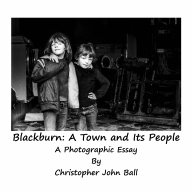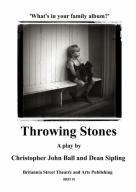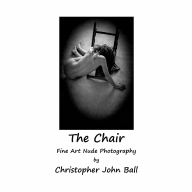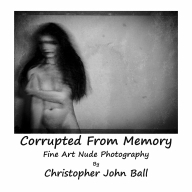
Platinum/Palladium/Platinotype - A Short Introduction by Christopher John Ball

Tweet
Please note that this method of printing is expensive and can be complicated. This page can only give a brief overview.
The platinum print has been called the most beautiful photographic process. It has a naturally warm colour and a greater tonal separation in the mid tones and highlights. The first discovery of the action of light upon a platinum salt was in 1804 by Gehlen; but it was Sir John Herschel who first made any communication of note, to the Oxford meeting of the British Association in 1832. A Robert Hunt experimented in 1844 but the platinum process, as we know it, was patented by W.Willis on June 5th 1873 ( for those who are interested the patent number was 2011 )
Platinum prints exhibit great archival properties but it is one of the most expensive of the 'alternative' photographic processes.
Negatives are contact printed using a UV light source; using a Step Wedge to ascertain exposure.
Three solutions are used to make the emulsion:
Two sensitising agents
1) ferric oxalate
2) an optional contrast agent.
The other solution is made with one of the following metals.
3) palladium
or
4) platinum.
Other chemicals needed are a developer and a clearing bath.
W.J. Warren suggested the following formulae:
Potassium Chloroplatinite solution ( 1 in 6 ) 300ml
* Ferric Oxalate solution 275ml
Water 50ml* The ferric oxalate solution is made up of 1 part Oxalic Acid, 15 parts Ferric Oxalate to 60 parts Water.
The paper must first be sized, a cream of Arrowroot and water can be used to do this. When dry, and under safe light conditions, the paper is coated with the sensitising solution. It is recommended that a non metal based brush is used. The stitched brushes used in Chinese/Japanese calligraphy are useful brushes to use.
A variation of the above sensitising formulae is:
Part A:
Potassium Chloroplatinite 15g
Distilled Water 85ml
Part B:
Ferric Oxalate 21g
Oxalic Acid 2g
Distilled Water 170ml.For a 'cold' print; mix A and B and add 15ml of water.
For a 'sepia' print; mix A and B and 15ml of a 5% solution of Mercuric Chloride.
Potassium Chlorate solution can be added, to either of the above, to increase contrast slightly.
Once the print is developed, it must be cleared in either Kodak Hypo Clearing Agent, citric acid, hydrochloric acid, or B&S EDTA Clearing Agent. Clearing may take up to twenty minutes and an intermediate water bath may speed up the process. Then wash the print for twenty minutes and dry face up. Do not squeegee the print or you will scrape off the image.
Do not touch the image itself until completely dry.
The dry print can be spotted using watercolour paints.
July 2024 Several books, featuring Christopher John Ball's photographs, are now available through Amazon or click on an image below to purchase via secure payments on lulu.com

Tweet








